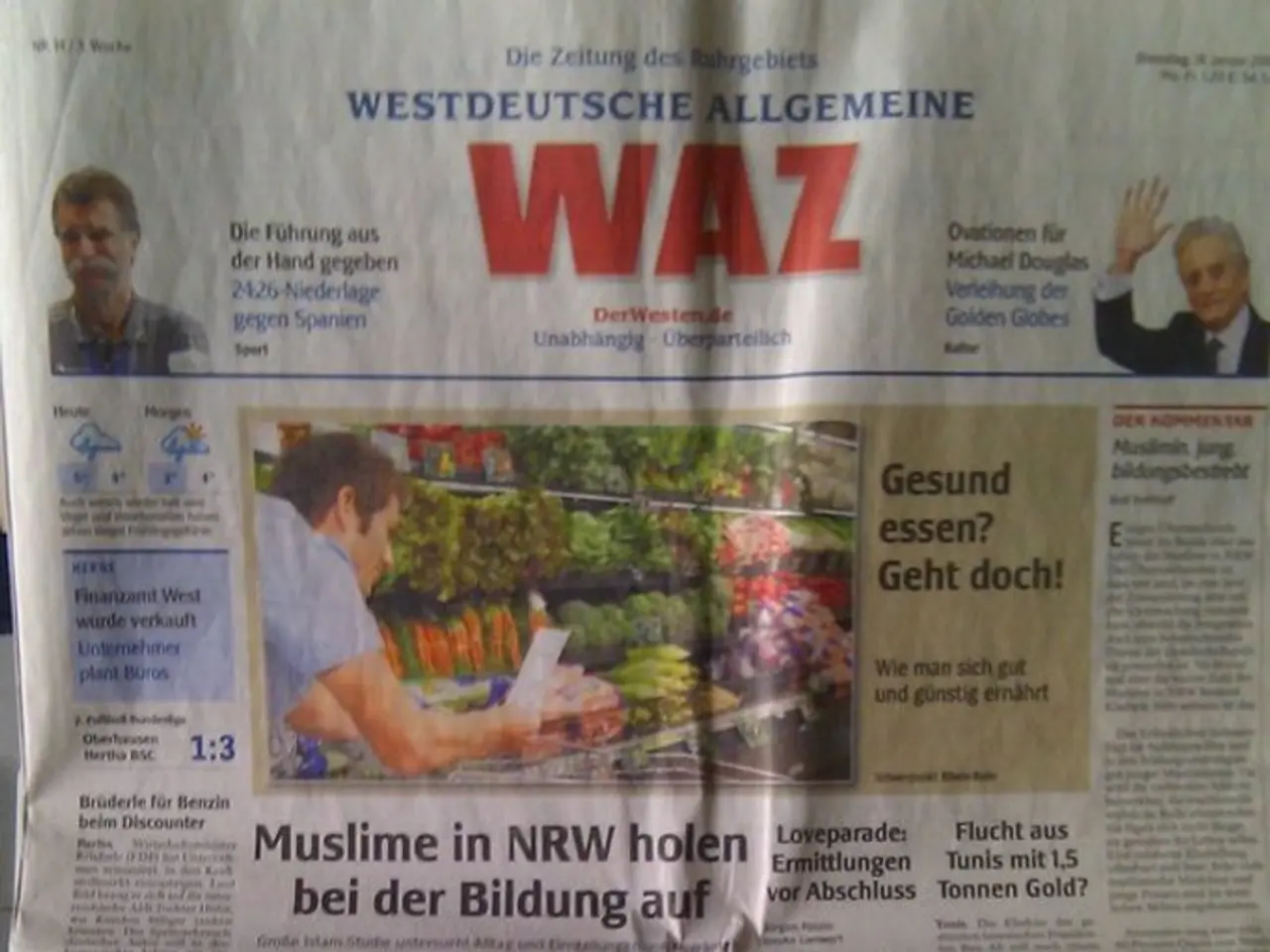Germany's Raw Material Crisis: AI to the Rescue!
Exploring the potential of AI and digital twins in reducing the excessive dependence on rare earth elements?
In this crazy world, we're once again finding ourselves in a predicament. Germany's crawling towards a raw materials crisis, and you guessed it, natural gas from Russia isn't the culprit this time around - nope, it's rare earth elements from China that are causing a stir. These bad boys play a pivotal role in high-tech applications, electric vehicles, and wind turbines. Guess where most of them come from? Yep, you're right, China's got 'em all.
But fear not, my fellow tech enthusiasts! Our almighty AI (Artificial Intelligence) is here to save the day. Dr. Christoph Völker, a materials researcher and senior consultant at iteratec, knows a thing or two about AI and its potential to reduce Germany's raw materials dependence. According to Dr. Völker, companies need to diversify their supply chains, optimize recycling processes, and use materials more efficiently. But here's the kicker - traditional methods are too slow for this deep-end dive, which is where AI and digital twins come into play.
Now, I know you're thinking, "But what are these digital twins?" Well, hold on tight, because it's going to be a wild ride. These digital twins are mathematical models of real materials or processes. The AI serves as a savvy navigator, scouring these models to identify the best solutions for optimizing material availability, performance, and efficiency. And for all you slow-pokes out there, worry not, because these system learning lads work their magic fast - it could take just 10 experiments to score significant improvements!
Dr. Völker offers one tantalizing example from the automotive industry: Recycling electronic waste from old vehicles. You know, all that juicy copper, silver, and palladium just begging to be recycled. However, the composition of these materials varies like crazy, dependent on the age, manufacturer, and model. But with digital twins, these processes can be adapted to suit even the wackiest compositions.
So, what's holding us back from this AI-powered, raw materials utopia? Well, for starters, many companies lack the know-how to leverage this fancy new tech. And as for AI offerings, they're often oversized by a mile, complicated, and not very user-friendly. What we need, as Dr. Völker so eloquently put it, is an "app store effect": modular, user-friendly applications that deliver clear benefits. Oh, and as a Bonus Tip, you can test out these new technologies without accidentally torching your current production lines, reducing that risk factor to near zero.
As for when we'll see a significant reduction in our dependence on China's sweet, sweet rare earthelements, it's gonna take time. We're talking about a 98% dependence, similar to our conviction on Russian gas. But, with AI-driven material substitutions and optimized processes, we can slash our demand by 20-40% for selected applications in as little as a few years! Breakthroughs could be achievable between 2025 and 2027, and by 2030, we could see a reduction of one-third in certain areas. Now, we may not become completely independent by 2035, but rest assured, we'll be a whole lot more resilient.
In conclusion, chip in, my friends, let's harness the power of AI and digital twins to set ourselves free from China's grip and sprint towards a sustainable, independent, and efficient raw materials ecosystem! #AIforRareEarths
AI and finance can play a crucial role in this endeavor by funding and investing in companies that are leading the way in implementing AI solutions to reduce Germany's dependence on rare earth elements. Moreover, technology can help in optimizing these AI solutions and digital twins, making them more efficient and user-friendly for various industries, including the automotive industry.




